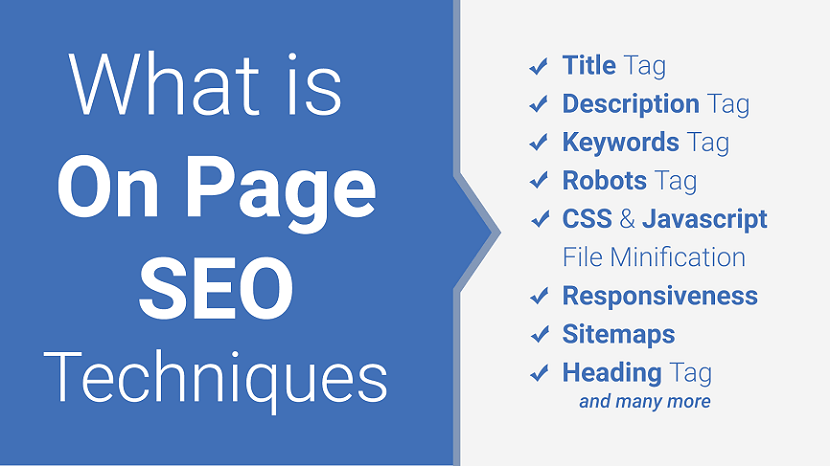
On Page SEO involves the actions that you take on your web pages to gain higher page rank through search engine results. The main technique of On Page SEO is creating high-quality content that online visitors will find useful. On top of it, adding meta tags will enable google bots to identify your content for ranking. Also, make sure to use HTML tags for headings and other elements so that there are no duplicate pages or broken links.
In addition, choose images that are not too large, and add alt tags to all of them. These are some of the On Page SEO techniques. The agency you hire will provide you more details.
If you want your site to rank on Google and increase your brand's organic traffic, you’ll need to look at Off Page SEO, Technical SEO and Local SEO also.
But before you starting SEO also learn techniques of SEO ( White Hat SEO, Black Hat SEO, Gray Hat SEO and Negative SEO )
On Page SEO Techniques
- Meta Title
- Meta Description
- Meta Keywords
- Favicon Icon
- Social Meta Tag
- Meta Robots Tag
- CSS & Javascript File Minification
- Mobile Friendliness / Responsiveness
- Sitemaps Updates (XML, Text, HTML)
- Content Optimization
- SEO-Friendly URLs
- Heading Tag Optimization
- Image Optimization
- Image Alt Text Optimization
- Anchor Title Optimization
- Internal Links optimization
- Use Social Sharing Buttons
- Call to Actions
- Conversion Form
1. Meta Title
A meta title (also called title tag) is an element in the head section of an HTML document that defines the title of each page of a website. It is retrieved by web browsers and also used by search engines such as Google to display a webpage in search results (SERPs). Often the meta title is mistakenly categorized as a meta tag. However, this is not correct since it is a unique HTML element.
Meta Title Examples
Characteristics of a good Meta Title
Below we have summarized the most important points to consider when optimizing your meta titles:
- Optimal length between 55 and 65 characters (maximum 70)
- Combine important keywords to a meaningful sentence
- Most important keyword should come first
- Avoid word repetitions and spelling errors
- Provide a concise and understandable description of the page content
- Use a call-to-action if necessary
- Use individual titles for each page of a website
2. Meta Description
A meta description is an HTML element that provides a brief summary of a web page. A page’s meta description tag is displayed as part of the search snippet in a search engine results page (SERP) and is meant to give the user an idea of the content that exists within the page and how it relates to their search query.
Meta Description Examples
Characteristics of a good meta description
Based on the research we did on this topic, as well as our own experience, we came up with this list of elements you need to write a good meta description:
- Keep it up to 155 characters
- Use active voice and make it actionable
- Include a call-to-action
- Use your focus keyword
- Show specifications, where possible
- Make sure it matches the content of the page
- Make it unique
3. Meta Keywords
Meta keywords are meta tags that you can use to give search engines more information about a page’s content. They’re found in a webpage’s HTML source code, and are not visible to visitors.
Meta Keywords Examples
Do you still need to use meta keywords?
Google hasn’t used the meta keywords tag to help rank web pages for at least a decade. We know this because Matt Cutts, Google’s former Head of the Webspam Team, released a video in 2009 where he said - we don’t use the keywords meta tag in our search ranking.
However, it’s important to remember that there’s more to SEO than Google, so there are a couple of reasons why you might still want to use the keywords meta tag.
- It may still be used by Yandex
- It’s used for some internal site searches
- Create an internal tagging system
4. Favicon Icon
A favicon is a small 16×16 pixel icon that serves as branding for your website. Its main purpose is to help visitors locate your page easier when they have multiple tabs open. Due to their tiny size, favicons work best as simple images or one-to-three characters of text. Favicons are not to be confused with logos but are sometimes the same. Due to its small size and resolution, the favicon may need to be an even smaller size or part of a company’s original logo.
What sizes are needed for a Favicon on each Browser?
As stated above, 16px is generally recommended because it can be used across all browsers, but if you would like to create a favicon for every possible use, then follow the guide below:
- 16px: For general use in all browsers, could be displayed in the address bar, tabs or bookmarks views
- 24px: Pinned Site in Internet Explorer 9
- 32px: New tab page in Internet Explorer, taskbar button in Windows 7+ and Safari ”Read Later” sidebar
- 57px: Standard iOS home screen (iPod Touch, iPhone first generation to 3G)
- 72px: iPad home screen icon
- 96px: Favicon used by the Google TV platform
- 114px: iPhone 4+ home screen icon (twice the standard size for the retina display)
- 128px: Chrome Web Store
- 195px: Opera Speed Dial
5. Social Meta Tag
When sharing an article link, you want your post to look nicely when published on social media. You’d like it to contain a quality image, correct name, description, and URL. Facebook, Twitter and other social media platforms get these parameters from your website. You can control what they pull from the post by including social media meta tags (for example open graph tags) in the html code of your posts.
If the Facebook meta tags (Open Graph meta tags) are present, you determine what’s being displayed in the Facebook post. If you do not include these Open Graph (og) meta properties, Facebook will still display the information about your blog post but probably not in the way you’d want it to. This works analogically with Twitter meta tags, too.
Facebook Social Tag Example
Twitter Social Tag Example
6. Robots Meta Tag
A robots meta tag, also known as robots tags, is a piece of HTML code that's placed in the
section of a web page and is used to control how search engines crawl and index the URL.This is what a robots meta tag looks like in the source code of a page:
Robots tags are page-specific and allow you to instruct search engines on how you want them to handle the page and whether or not to include it in the index.
Indexation-controlling parameters:
- Noindex: Tells a search engine not to index a page.
- Index: Tells a search engine to index a page. Note that you don’t need to add this meta tag; it’s the default.
- Follow: Even if the page isn’t indexed, the crawler should follow all the links on a page and pass equity to the linked pages.
- Nofollow: Tells a crawler not to follow any links on a page or pass along any link equity.
- Noimageindex: Tells a crawler not to index any images on a page.
- None: Equivalent to using both the noindex and nofollow tags simultaneously.
- Noarchive: Search engines should not show a cached link to this page on a SERP.
- Nocache: Same as noarchive, but only used by Internet Explorer and Firefox.
- Nosnippet: Tells a search engine not to show a snippet of this page (i.e. meta description) of this page on a SERP.
- Noodp/noydir [OBSOLETE]: Prevents search engines from using a page’s DMOZ description as the SERP snippet for this page. However, DMOZ was retired in early 2017, making this tag obsolete.
- Unavailable_after: Search engines should no longer index this page after a particular date.
7. CSS & Javascript File Minification
CSS & Javascript minification is the process of removing unneeded code from CSS & Javascript source files, with the goal of reducing file size without changing how the CSS & Javascript file executes in the browser. By stripping unnecessary data from the CSS & Javascript code, minification helps the browser download and process these files faster, increasing page performance and improving user experience.
You can minifier CSS & JavaScript here
- Free Formatter - https://www.freeformatter.com
8. Mobile Friendliness/Responsiveness
Mobile is changing the world. Today, everyone has smartphones with them, constantly communicating and looking for information. In many countries, the number of smartphones has surpassed the number of personal computers; having a mobile-friendly website has become a critical part of having an online presence.
The web is being accessed more and more on mobile devices. Designing your websites to be mobile friendly ensures that your pages perform well on all devices.
You can test here mobile friendliness
9. Sitemaps Updates (XML, Text, HTML)
A sitemap helps search engines discover URLs on your site, but it doesn't guarantee that all the items in your sitemap will be crawled and indexed. However, in most cases, your site will benefit from having a sitemap.
It is also essential to know there are two different types of sitemaps.
- XML sitemaps
- HTML sitemaps
You can Generator Sitemaps for your website here
- XML-Sitemaps - https://www.xml-sitemaps.com
- Small SEO Tools - https://smallseotools.com/xml-sitemap-generator/
10. Content Optimization
Content optimization is the practice of ensuring that your content has the best possible chance of achieving its intended goal, whether that’s to rank in a search engine or to turn leads into conversions.
You can implement a number of basic, time-tested methods to achieve these goals, but it’s not just about performing technical tasks and ticking boxes. Significant marketing and editorial elements to web content optimization need to be covered, too.
Let’s say that you’ve written a great top-of-the-funnel (TOFU) blog that’s related to your core product, and you want to get as many eyes on it as possible. Two to three months after publishing, you check the performance of the post only to find that nobody has seen it.
Why? Well, maybe:
- The keywords you have used have little to no search volume
- You haven’t covered the topic in any real level of detail
- You haven’t used a coherent heading structure, so Google’s bots have had a hard time making sense of your article
- Your title tag doesn’t accurately reflect what the article is about
11. SEO-Friendly URLs
SEO friendly URLs are URLs that are designed to meet the needs of users and searchers. Specifically, URLs optimized for SEO tend to be short and keyword-rich.
Along with your title tag, link anchor text, and the content itself, search engines use your webpage’s URL to understand what your content is all about.
Best practices for creating SEO-friendly URLs.
- Describe your Content
- Include Keywords in URLs
- Use Hyphens to Separate Words
- Use Lowercase Letters in URLs
- Keep URLs Short
- Use Static URLs
- Be Careful with Subdomains
- Limit Folders in URL Structure
12. Heading Tag Optimization
Header tags are HTML tags that tell a browser what styling it should use to display a piece of text on a webpage.
If we looked up the HTML for the heading above, it’d look something like this:
What is a Header Tag?
Like headings in print content, header tags are used to title or introduce the content below them. HTML header tags follow a hierarchy, from h1 to h6.
- H1 tags are used to denote the most important text, such as the main theme or title of a content.
- H2 and H3 tags are commonly used as subheadings.
- Finally, H4, H5, and H6 tags may be used to provide further structure within those subsections.
13. Image Optimization
The majority of a website’s data is typically comprise of images. Website image optimization refines images so as to lighten pages, reduce load times and lessen the burden of network resources, including data usage in the case of mobile data plans.
Image optimization can also increase your search engine optimization (SEO) rankings, as search engines factor in page load speed when ranking sites. The result is significant load savings, an improved user experience and increased site visibility.
Image Optimization Methods
- Image Compression
- Vector Images
- Image Caching
14. Image Alt Text Optimization
Adding images to your posts and product pages encourages people to read them, and well-chosen images can also back up your message and get you a good ranking in image search results. But you should always remember to provide your images with good alt attributes. Because alt text strengthens the message of your pages with search engine spiders and it improves the accessibility of your website.
This is a complete HTML image tag:
Bad Image Alt Text
Good Image Alt Text
Image Alt Text Best Practices
Ultimately, image alt text needs to be specific but also representative of the topic of the webpage it's supporting. Get the idea so far? Here are a few important keys to writing effective image alt text:
- Describe the image, and be specific: Use both the image's subject and context to guide you.
- Add context that relates to the topic of the page : If the image doesn't feature a recognizable place or person, then add context based on the content of the page. For example, the alt text for a stock image of a person typing on a computer could be "Woman optimizing WordPress website for SEO" or "Woman researching free blogging platforms," depending on the topic of the webpage.
- Keep your alt text to fewer than 125 characters : Screen-reading tools typically stop reading alt text at this point, cutting off long-winded alt text at awkward moments when verbalizing this description for the visually impaired.
- Don't start with an alt text of picture : Do not write an alt text of image, write alt text article specific.
- Use your keywords, but sparingly : Only include your article's target keyword if it's easily included in your alt text. If not, consider semantic keywords, or just the most important terms within a longtail keyword. For example, if your article's head keyword is "how to generate leads," you might use "lead generation" in your alt text, since "how to" might be difficult to include in image alt text naturally.
- Don't cram your keyword into every single image's alt text : If your blog post contains a series of body images, include your keyword in at least one of those images. Identify the image you think is most representative of your topic, and assign it your keyword. Stick to more aesthetic descriptions in the surrounding media.
- Review for spelling errors : Misspelled words in image alt text could hurt the user experience or confuse search engines crawling your site. You should review alt text like you would any other content on the page.
15. Anchor Title Optimization
Anchor text is the clickable text that appears in a hyperlink.
It's designed to stand out from the rest of the text so that users know it can be clicked on. So it should have a different color than regular text. (Often, it’s blue.) Other stylistic elements, like an underline, can be added.
Anchor text should indicate to users what kind of page they’ll be taken to if they click the link.
These are most common types of anchor text you can use on your site:
- Branded
- Brand + Keyword
- Exact Match
- Partial Match Keywords
- Related Keywords
- Naked Link
- Generic
16. Internal Links optimization
An internal link is any link from one page on your website to another page on your website. Both your users and search engines use links to find content on your website. Your users use links to navigate through your site and to find the content they want to find. Search engines also use links to navigate your site. They won’t see a page if there are no links to it.
It’s crucial for your site’s SEO to evaluate and improve internal linking strategy regularly. It’s one of the ways to improve the fitness of your website. By adding the right internal links, you make sure Google understands:
- The relevance of pages
- The relationship between pages
- The value of pages
17. Use Social Sharing Buttons
Social share buttons give customers the ability to display their ecommerce purchases on Facebook, Twitter, Pinterest or other platforms. The majority of online shoppers also use at least one form of social media, so these buttons create free promotion for an online store. Include this feature on individual product pages to call attention to particular items. Social share buttons also add convenience for users who want to post a particular product by removing the extra steps of copying, pasting and posting to a separate website.
18. Call to Actions
A call-to-action, also known as a CTA, is a clickable button or link on your site or in your email, or on your ad. You want people to click your CTA. You call them to action. Typically, these actions look like this:
- Download
- Submit
- Subscribe
- Sign up
- Purchase
19. Conversion Form
Form conversion is when a website visitor completes and successfully submits an online form from a homepage, landing page, or any other page on a website. Form conversion is a micro-conversion, which leads to a macro-conversion such as a newsletter sign-up or a purchase.
Why is form conversion important?
Creating straightforward, easy-to-complete forms is key to a successful conversion rate optimization (CRO) strategy, and form submissions are usually the final hurdle in the conversion process.
It’s easy to overlook the value of a well-designed form. It’s not nearly as exciting as choosing bold imagery or writing persuasive copy, but it’s just as important to the user experience.
If a visitor starts to fill out your form, you’ve already sold them on the idea of converting—you’ve successfully countered their objections, and they’re willing to give you their personal information. Having to enter their data (name, email address, phone number, credit card info, etc.) requires trust and effort though, so if the form isn’t straightforward and easy to fill out, your visitor might move on to the next website.
FAQs - On Page SEO
1. What is On Page SEO?
On Page SEO (also known as on-site SEO) refers to the practice of optimizing web pages to improve a website's search engine rankings and earn organic traffic. In addition to publishing relevant, high-quality content, On Page SEO includes optimizing your headlines, HTML tags (title, meta, and header), and images.
2. What are the benefits of On Page SEO?
On Page SEO helps search engines analyze your website and the content connected to it so that it can identify if a searcher's query is relevant to your site. Google is constantly updating their algorithm so that it can better understand a searcher's intent and deliver search results that meet that user's needs.
3. Is On Page SEO different from technical SEO?
On Page SEO optimizes at the page level, while technical SEO deals with sitewide issues such as crawlability, overall site speed, information architecture, sitewide internal linking, etc.
Final Thoughts
Now that you have a better idea of On Page SEO signals, make sure you keep them in mind with every page you create.
Using the On Page SEO Checker, you can also find plenty of On Page Optimization ideas for potential quick wins.
That being said, the most important part of any SEO strategy is patience. Great results take time, effort, and some trial and error to get right.
On Page SEO may seem overwhelming, but our digital marketing service and experts are here to help you with anything you need to know more about Off Page SEO, Technical SEO and Local SEO.
If you found this article helpful, we encourage you to share it on your social media platforms—because sharing is caring! For more information about article submissions on our website, feel free to reach out to us via email.
Send an emailWritten by RGB Web Tech
Latest Technology Trends
Latest technology trends shaping the future, including AI advancements, blockchain innovation, 5G connectivity, IoT integration, and sustainable tech solutions. Explore breakthroughs in quantum computing, cybersecurity, augmented reality, and edge computing. Stay ahead with insights into transformative technologies driving innovation across industries and revolutionizing how we live, work, and connect.
Related Articles - Digital Marketing
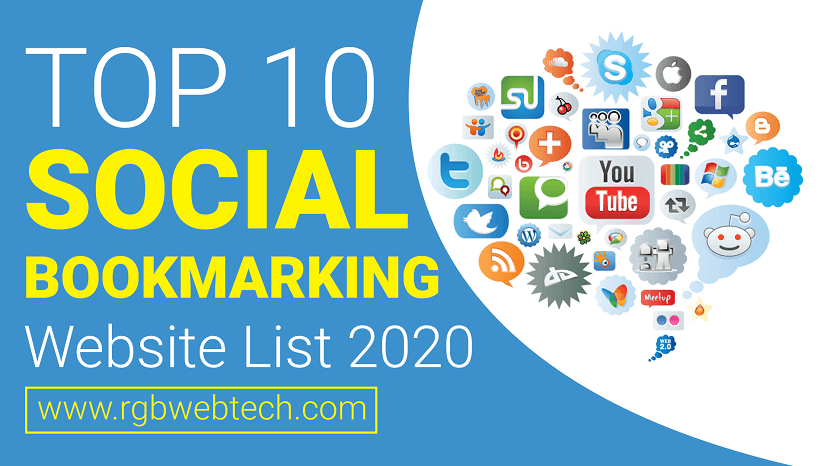
Social Bookmarking Sites List
Social Bookmarking is one of the Off-Page SEO techniques. On Social Bookmarking websites, you can share your site or blog content like images, articles ...

Linkedin Groups for Job Seekers
LinkedIn lets users join relevant groups, expand personal brands, and connect with more professionals to boost networking and visibility.

Facebook Groups for Job Seekers
Facebook lets users join relevant groups, expand their brand, and reach more people, enhancing networking and engagement opportunities.

Facebook Pages for Job Seekers
A Facebook fan page is used to advertise business, brand, product, or services. When a user visits the Facebook page, she/he can become a fan ...
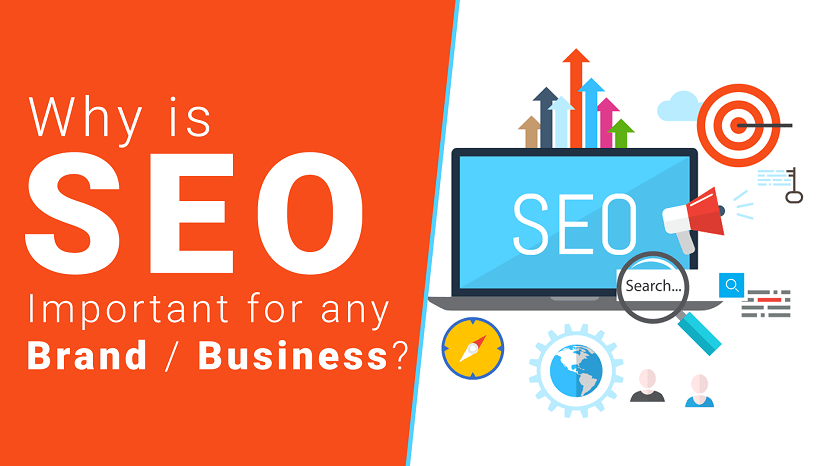
Why is SEO important for any Brand or Business
To survive in today’s competitive market, SEO is very imperative for any brand or business. The search engine serves millions of users per day
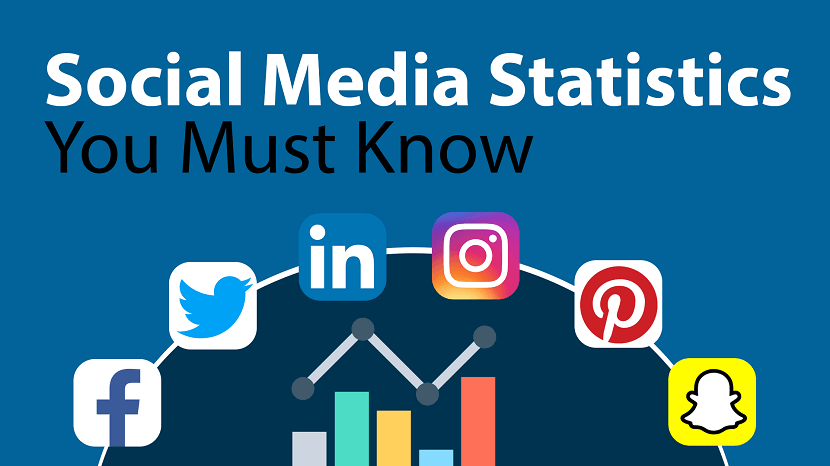
Social Media Statistics
Social media boasts of 4.55 billion users now–about 57.6% of the total world population. Its ability to connect the world never ceases to amaze.
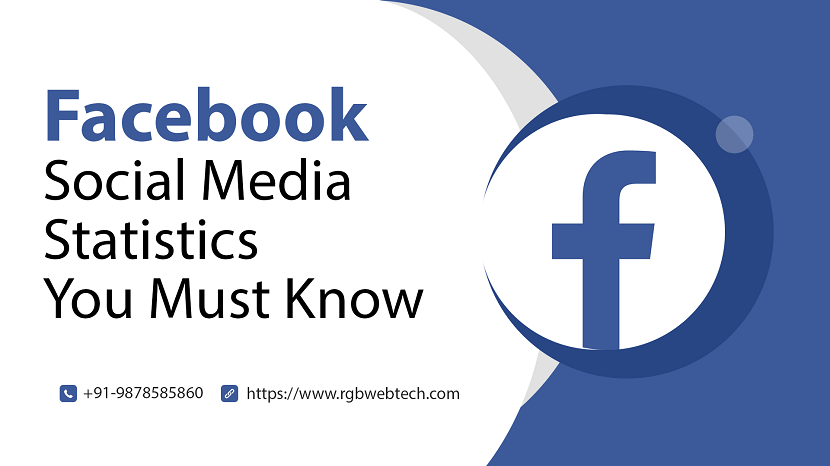
Facebook Social Media Statistics
Facebook is the OG social media platform and the largest one by nearly every metric. Love it or hate it, the social giant — and soon-to-be harbinger ...
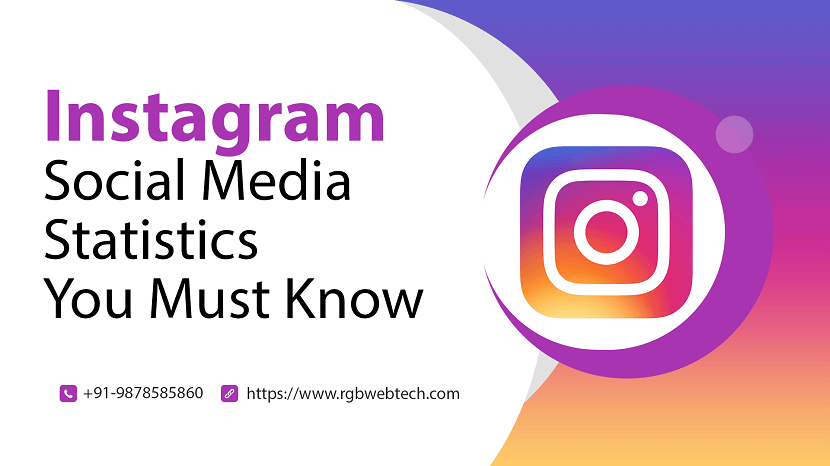
Instagram Social Media Statistics
As of January 2022, roughly 31 percent of global Instagram audiences were aged between 25 and 34 years. Over two thirds of total Instagram audiences ...
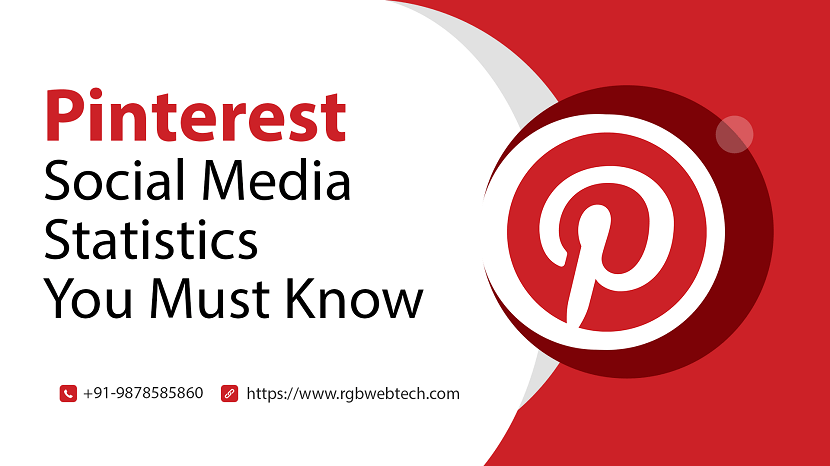
Pinterest Social Media Statistics
As of January 2022, Pinterest ranks 14th globally with active users, surpassing Twitter and Reddit in popularity. Discover its potential for your brand.

Twitter Social Media Statistics
Twitter is an online social networking service that enables users to send short 280-character messages called tweets. According to recent social media ...
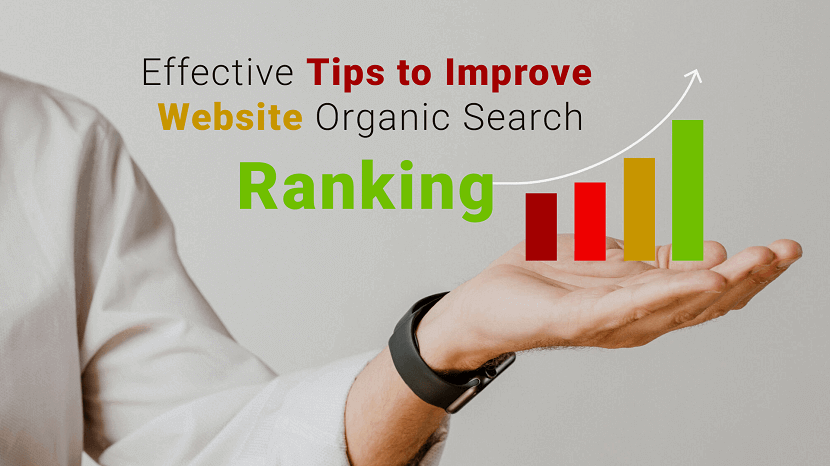
Improve Website Organic Search Ranking
Correct SEO allows Google to direct traffic to your business. Your site's Ranking determines the organic traffic you receive on Google's Search Engine ...

LinkedIn Social Media Statistics
The platform currently has over 660 million registered users, with 303 million of them being active on a monthly basis. 90 million of these users ...
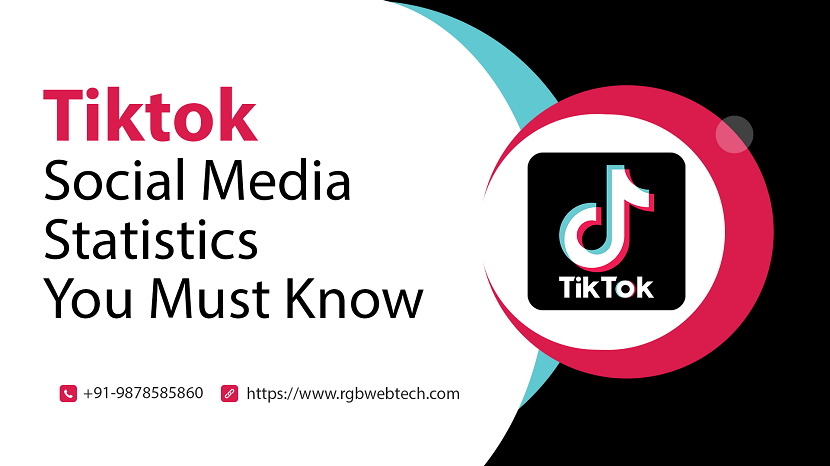
Tiktok Social Media Statistics
TikTok, with over 1 billion users in 150+ countries, is a powerful platform for brands. Discover how it can boost your brand visibility and growth.
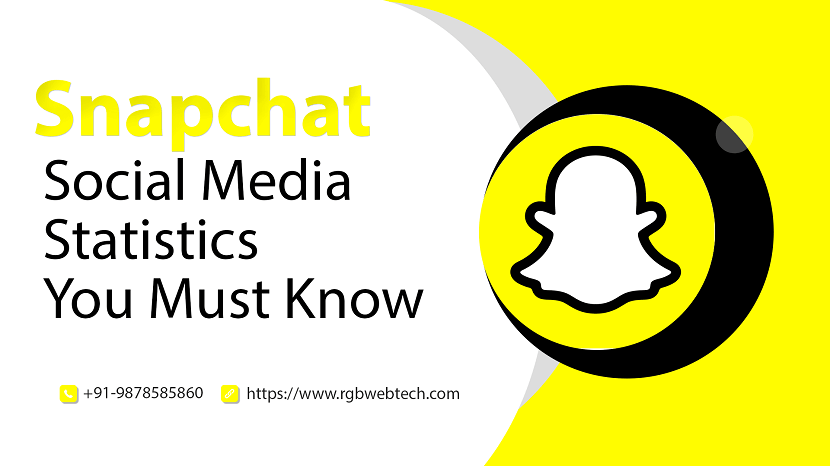
SnapChat Social Media Statistics
Around 54.4% of Snapchat users are female and 44.6% are male. India has the most Snapchat users (115.95 million), followed by the U.S (106.2 million.)

On Page SEO
Learn about the top On Page SEO Techniques that earn more relevant traffic and rank higher in search engines.
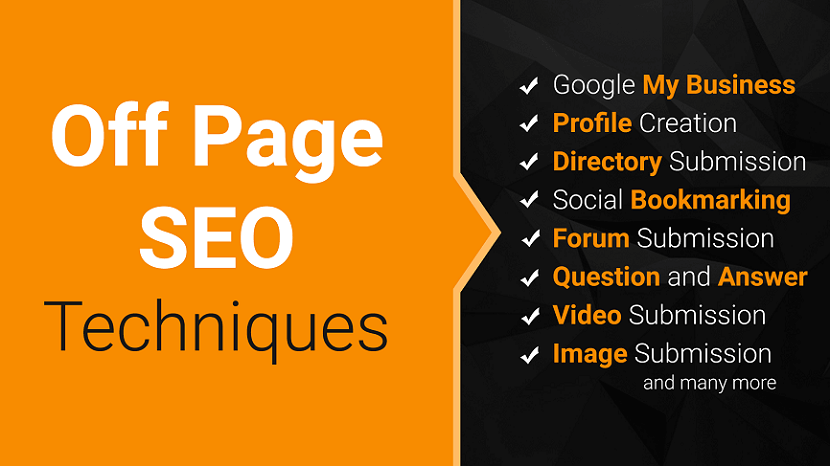
Off Page SEO
Learn about the best Off Page SEO Techniques that earn more relevant traffic to your website and rank higher in search engines.
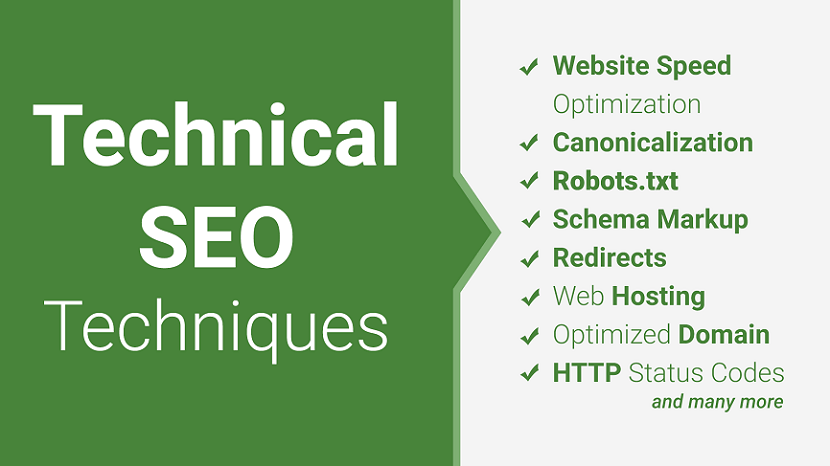
Technical SEO
Learn about the best Technical SEO Techniques that earn more relevant traffic to your website and rank higher in search engines.
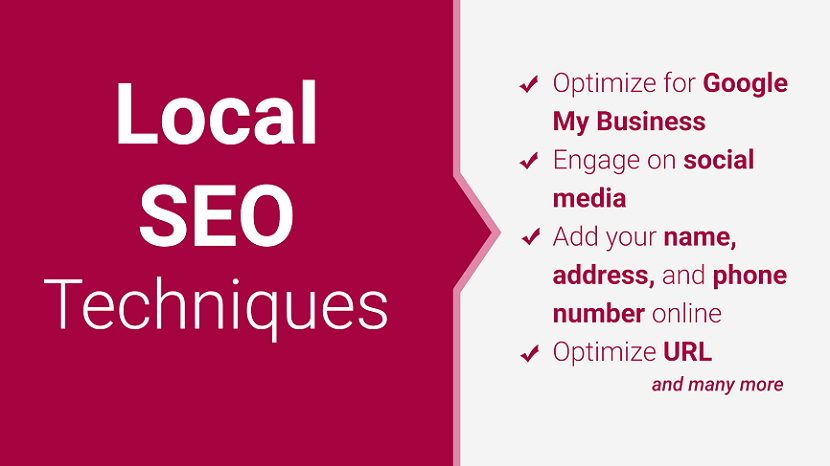
Local SEO
Learn about the Local SEO Techniques that earn more relevant traffic to your website and rank higher in search engines.
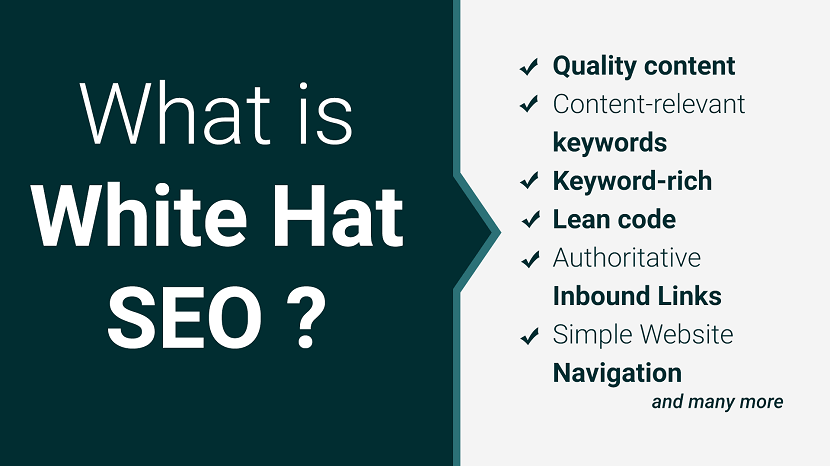
White Hat SEO
If you want your website to appear in the top results of search engines, you need to implement the best White Hat SEO techniques.
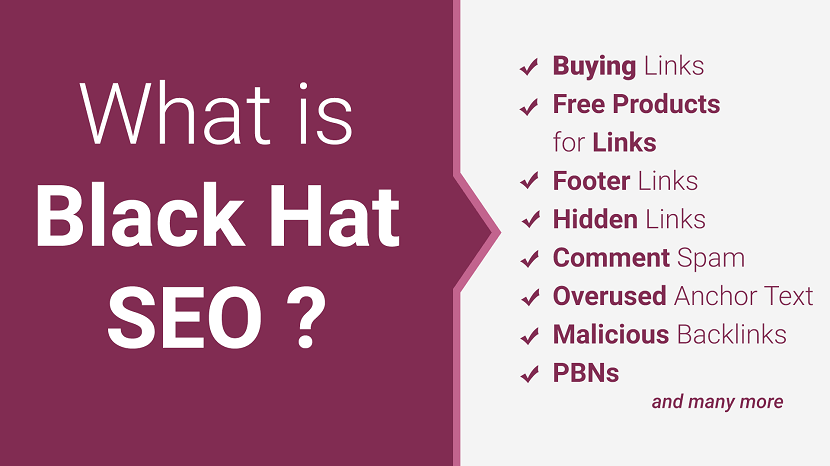
Black Hat SEO
This article will explain what black hat SEO techniques involve so you can make sure to avoid them when devising your organic search strategy.
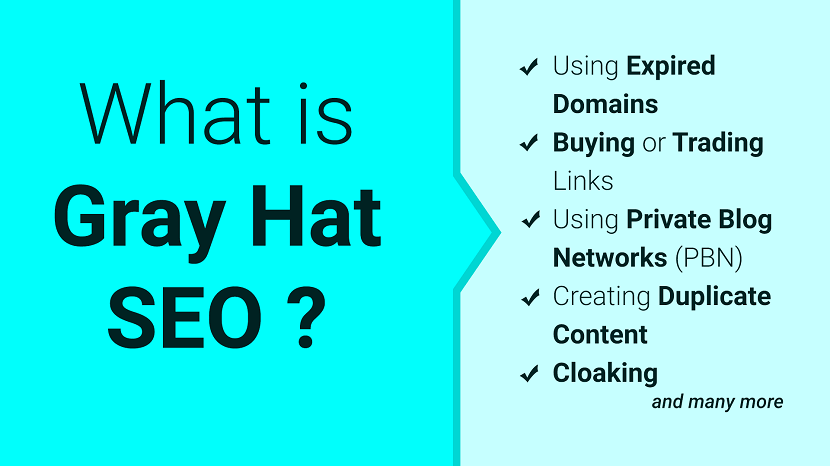
Gray Hat SEO
What is gray hat SEO?, and should your business be doing it? Get the facts on gray hat SEO here.
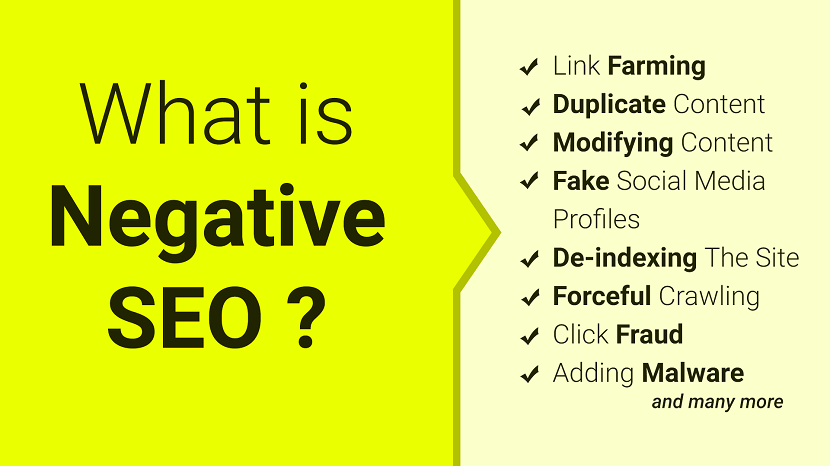
Negative SEO
Negative SEO is the act of using Black Hat SEO on other websites in order to get them penalized by Google. Learn more on how to defend against Negative SEO
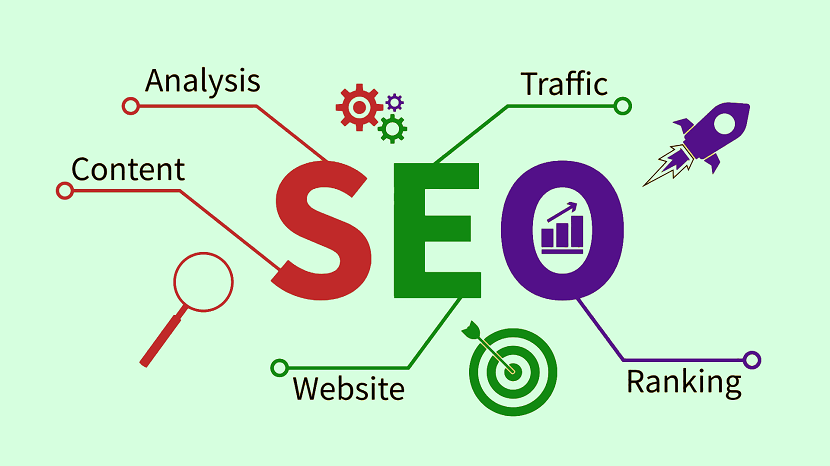
Search Engine Optimisation
Discover key SEO strategies to boost your website's visibility, enhance search rankings, and attract more organic traffic effectively.
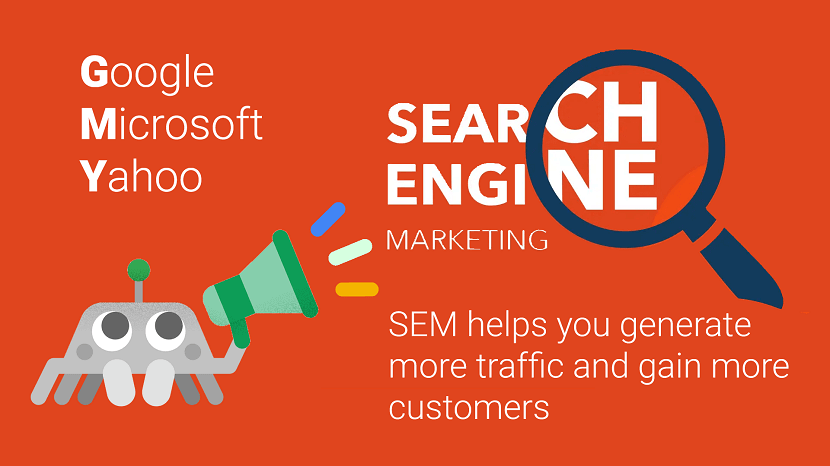
Search Engine Marketing
Search engine marketing (SEM) is a digital marketing strategy used to increase the visibility of a website in search engine results pages (SERPs).
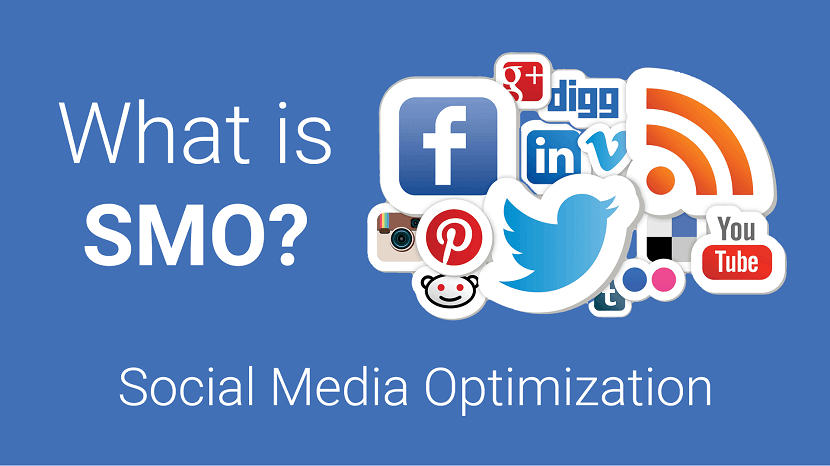
Social Media Optimization
Social media optimization (SMO) is the use of social media networks to manage and grow an organization’s message and online presence.
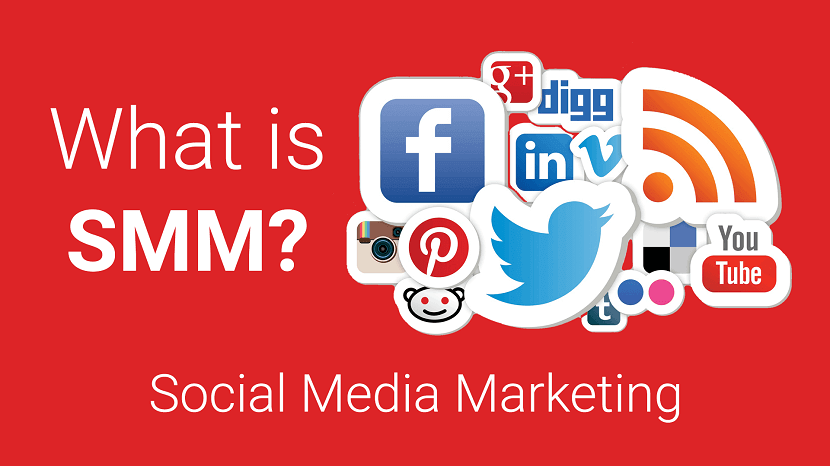
Social Media Marketing
Social media marketing is a powerful way to grow your business. Use these tips and steps to build your best social media marketing strategy.
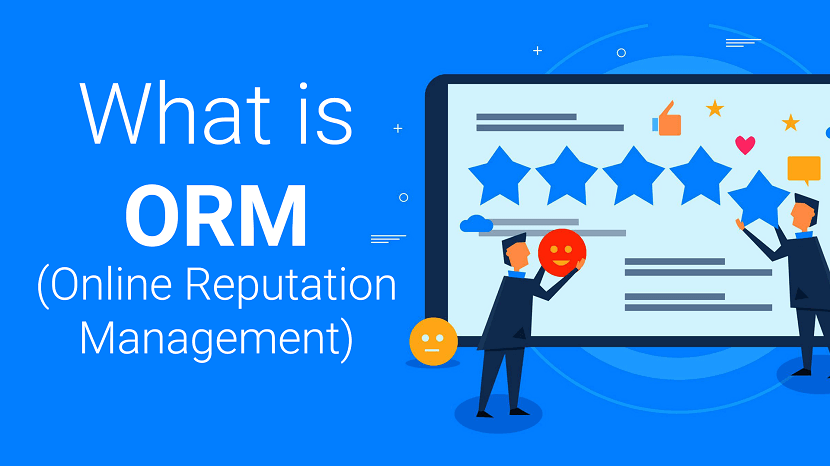
Reputation Management
Online reputation management is the effort to influence what and how people think of a brand or person on the web.
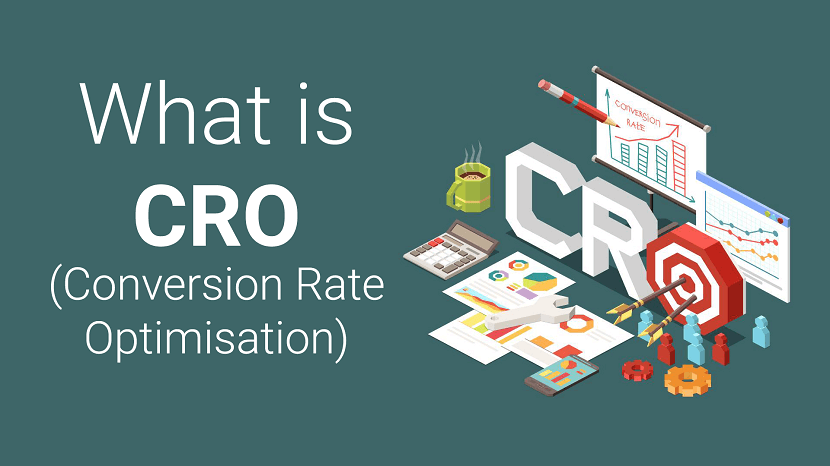
Conversion Rate Optimisation
Conversion rate optimization (CRO) helps you remove roadblocks to conversion on your website. Learn how to use CRO to get your customers to convert.

SEO Trends
Stay ahead of the digital game with the latest SEO trends for 2023! Boost rankings, drive traffic, and dominate search results.

SEO Marketing Business
Unlock growth potential! Explore SEO's vital role in business ops. Learn the synergy between search optimization and efficient operations

E-commerce SEO
Master E-commerce SEO in tough markets. Dominate your niche with proven strategies. Boost sales and outshine competitors.

SEO for Startups
Boost your startup's online presence with expert SEO strategies. Learn to rank higher and attract more customers in this comprehensive guide.

Without an SEO Checklist Your Google Ranking Will Fall
Boost your Google ranking with our SEO checklist! Don't let your website fall behind. Discover the key factors for online success now.
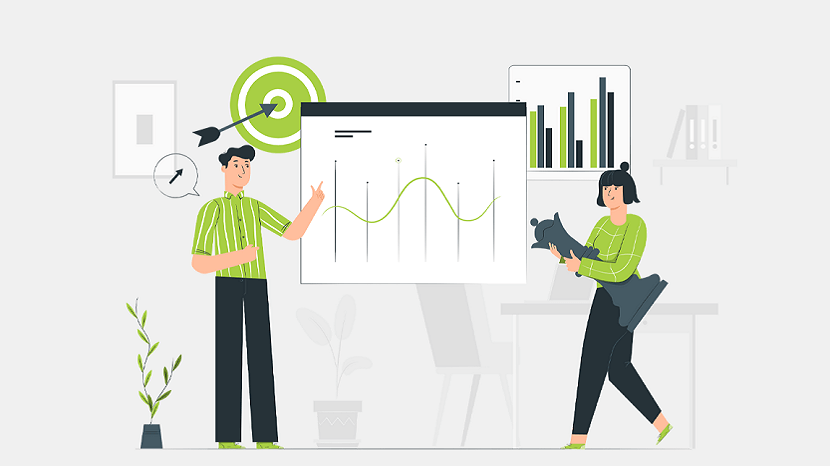
Marketing in the Digital Age
Unlock the power of digital innovations in marketing to drive exceptional results. Explore strategies reshaping the industry.

Image Optimisation for SEO
Maximize website visibility with effective image optimization! Enhance SEO by optimizing filenames, alt text, and image size for better rankings.
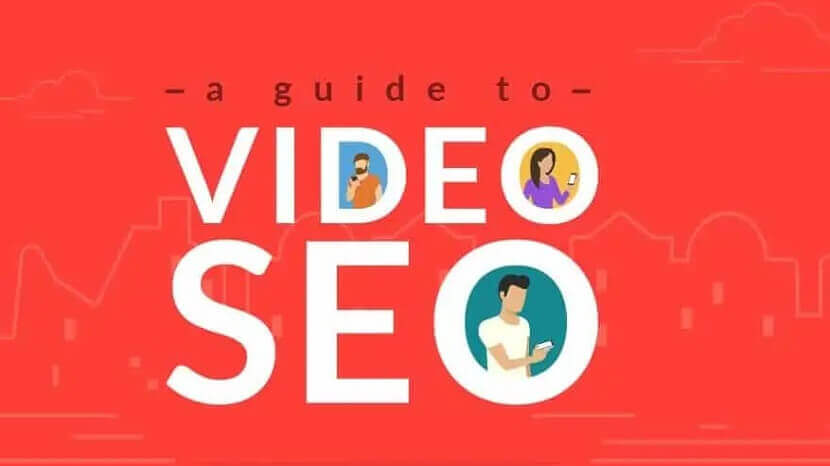
Optimize Video for SEO
Unlock the power of Video SEO to boost visibility and drive organic traffic. Optimize titles, descriptions, and engage viewers effectively!

Quality Writing in Digital Marketing
Transform your digital marketing with compelling content. Learn how quality writing drives conversions. A must-read for marketers!

Why Social Media Followers are Important
In today's world, social media followers signify influence, credibility, and reach, shaping perceptions and opportunities for individuals and businesses.
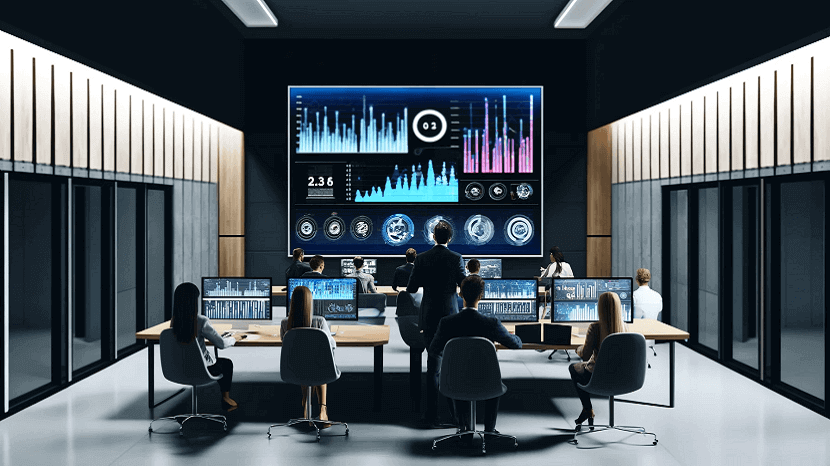
Leverage AI for Social Media Marketing
Unlock the power of AI for social media marketing with these 7 savvy strategies. Optimize, engage, and elevate your brand's online presence!

Trademark Monitoring is Key for Modern Brands
Discover why trademark monitoring is essential in today's digital world. Safeguard your brand's identity and reputation effectively.

SEO and SEM Approach to B2B Lead Generation
Explore an integrated SEO and SEM strategy for B2B lead generation, boosting visibility and conversions through synergistic digital tactics.

How to Increase Website Traffic
Discover effective strategies to boost your web traffic with our guide on increasing bulk traffic. Learn tips and techniques for success today!
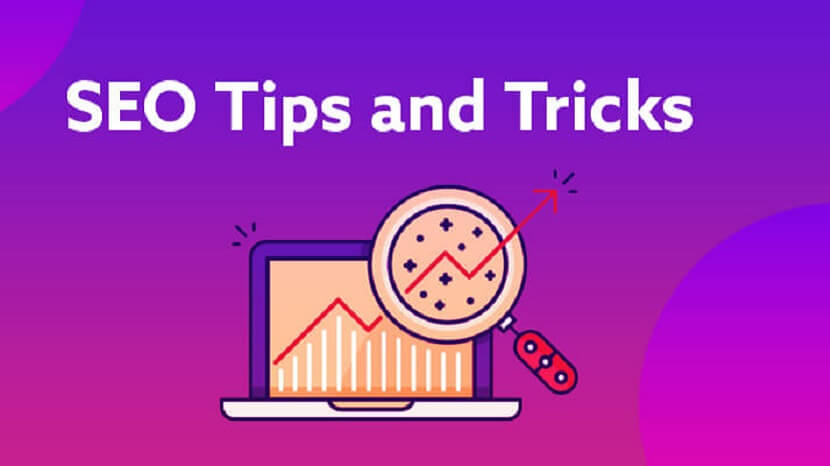
7 SEO Tips to Boost Your Website Search Engine Ranking
Boost your website's search engine ranking with these 7 essential SEO tips. Improve visibility, increase traffic, and achieve online success today!

Top 5 Most Powerful and Must-Have Email Marketing Tools
Discover the top 5 powerful email marketing tools that can elevate your campaigns. Must-have features for success in your marketing strategy!

Understanding the Role of Managed Network Services in Digital Marketing Strategy
Discover how managed network services enhance digital marketing strategies by optimizing performance, ensuring security, and driving growth.

How to Choose the Best Programmatic Ad Platforms for Your Strategy
Discover how to select the ideal programmatic ad platforms tailored to your marketing strategy, maximizing efficiency and ROI in your campaigns.

How to Evaluate the Success of your Guest Post Campaign
Learn how to measure the success of your guest post campaign with key metrics like traffic, engagement, backlinks, and conversions in our guide.
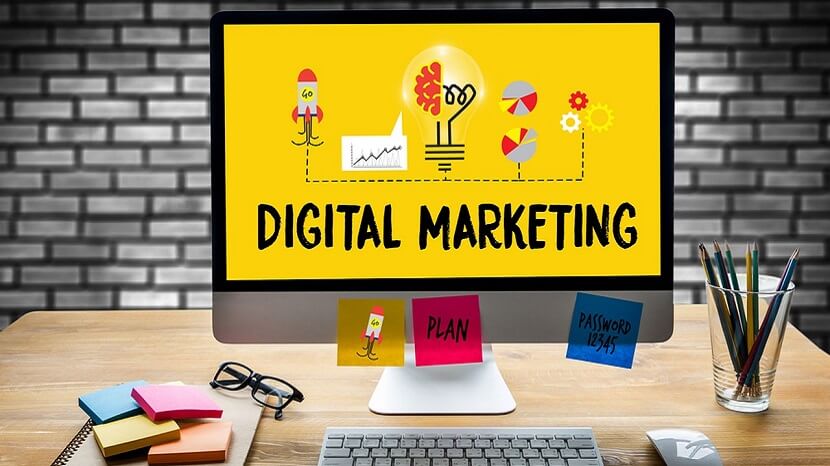
Top 5 Digital Marketing Trends for Retail Stores
Explore the top 5 digital marketing trends for retail: AI customization, social shopping, AR experiences, omnichannel strategies, & sustainable branding.

Effective Search Engine Marketing Tactics for B2B Software and Technology Advancements
Unlock growth with cutting-edge SEO strategies tailored for B2B tech firms. Elevate visibility and drive conversions with precise search engine marketing.

How To Write A Cold Email Techniques That Generate Leads
Properly executed, cold emails effectively build relationships and generate valuable leads. Start refining your cold email strategy today!

The Path to Mastery Developing Copywriting Skills for Beginners
Learn essential copywriting skills with our beginner-friendly guide,
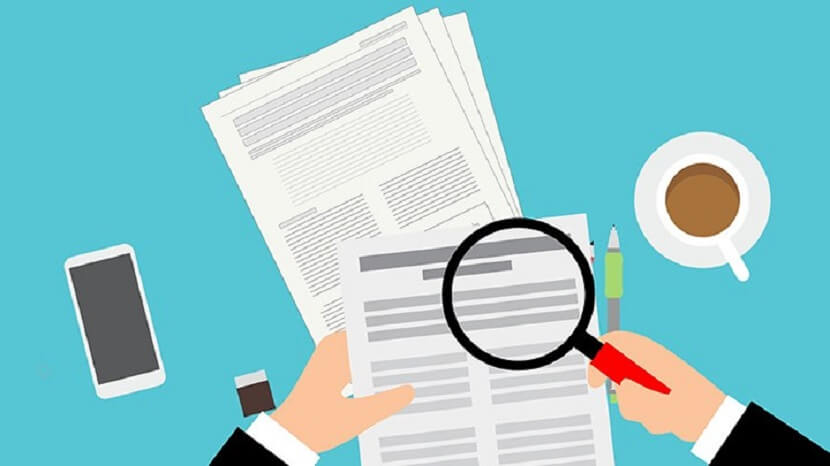
The Consequences of Plagiarism on Your Guest Blogging Efforts
Discover the serious repercussions of plagiarism on your guest blogging efforts, from damaged reputation to lost opportunities and SEO penalties.
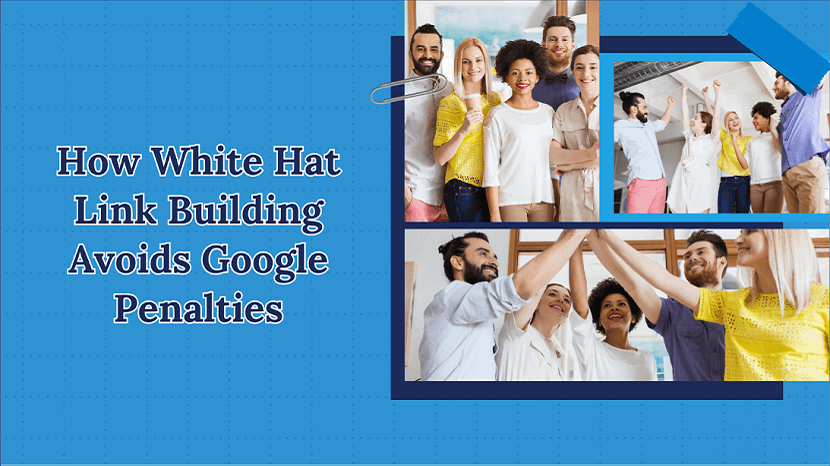
How White Hat Link Building Avoids Google Penalties
Discover how white hat link building strategies help your website avoid Google penalties by focusing on ethical practices and quality content.

Link Building Through Guest Blogging
Discover effective strategies for link building through guest blogging. Boost your site's SEO, drive traffic, and enhance online visibility today!
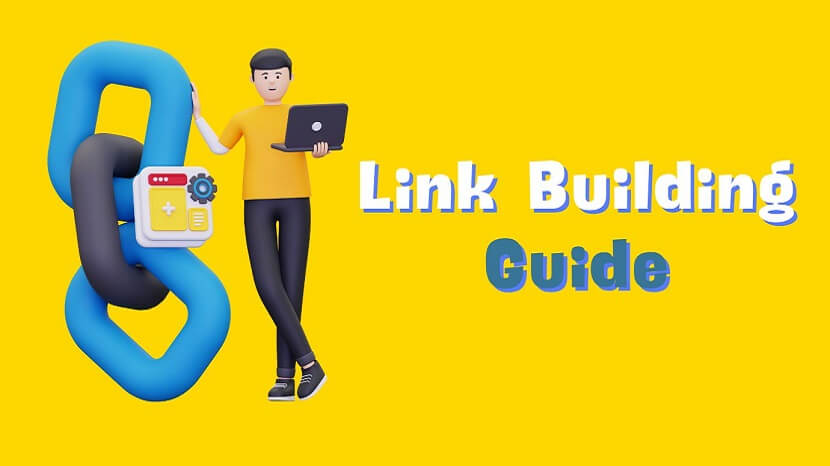
The Complete Link Building Guide: Proven Techniques to Enhance Your SEO
Boost your SEO with our Complete Link Building Guide! Learn proven techniques to acquire quality backlinks and improve search rankings.

How can marketing automation drive personalized communication through WhatsApp?
Unlock the power of personalized marketing on WhatsApp with automation and data integration to engage customers effectively and boost interactions.

How to Write Guest Posts That Get Accepted Every Time
Discover proven strategies for crafting guest posts that get accepted every time. Boost your outreach success with expert tips and tricks.
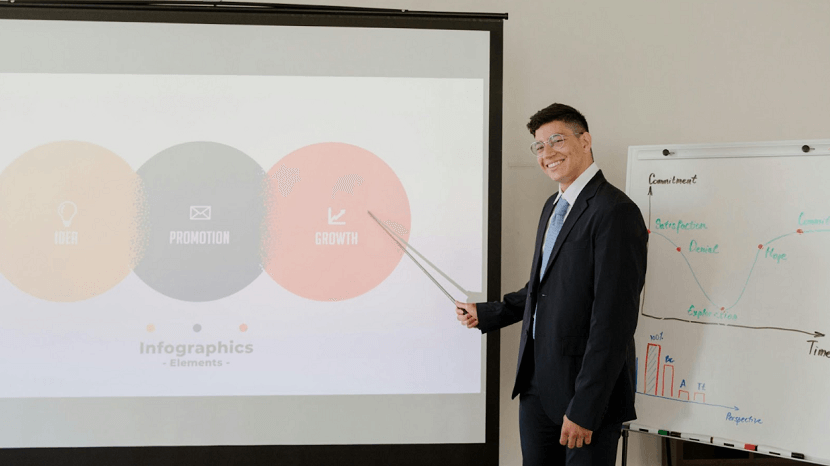
Tips on How to Successfully Promote Your Marketing Business
Unlock expert tips to effectively promote your marketing business. Boost your brand, enhance online presence, and drive client growth successfully!

Key Event Marketing Tips and Strategies for Success
Master key event marketing tips and strategies to boost visibility, drive attendance, and achieve event success. Expert insights await!

SEO Companies for Attorneys
The perfect SEO company for attorneys! Learn key signs to ensure you choose experts who can boost your legal practice's online success.

How Tailored SEO Solutions Can Revolutionize HVAC Industry Growth
How tailored SEO solutions can drive growth in the HVAC industry by boosting online visibility, leads, and customer engagement.
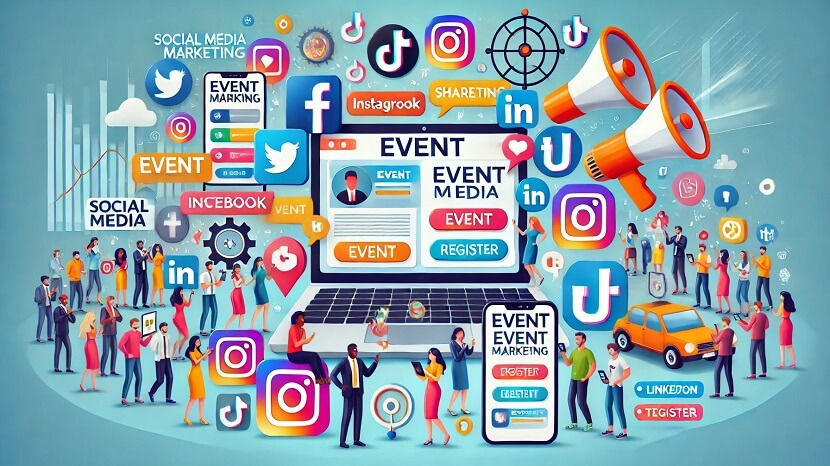
Social Media Marketing Events
Learn how to promote your event using social media! Boost engagement, drive registrations & maximize reach with expert strategies.
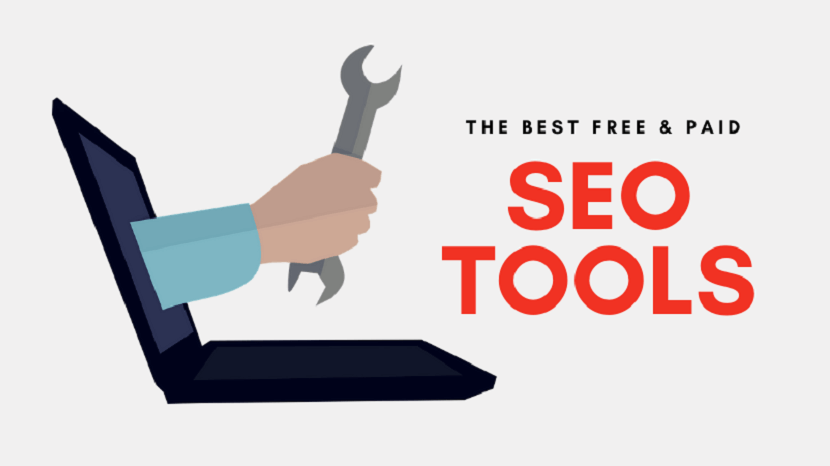
Free and Paid SEO Tools
The best free and paid SEO tools in 2025 to boost rankings, analyze performance, and optimize your website for success. Explore top picks now!
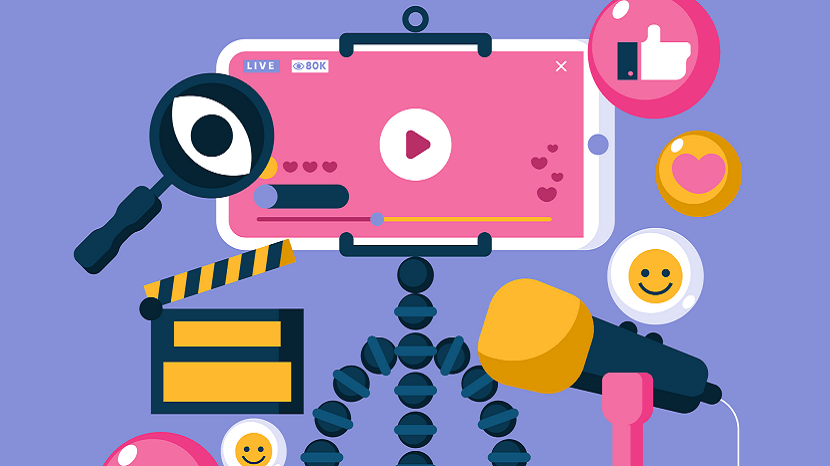
Video Trends for Your Brand Marketing
In 2025, there’s a new set of video trends that companies should know about for refining their brand marketing. Here are the video trends that will help your brand excel among your competitors.
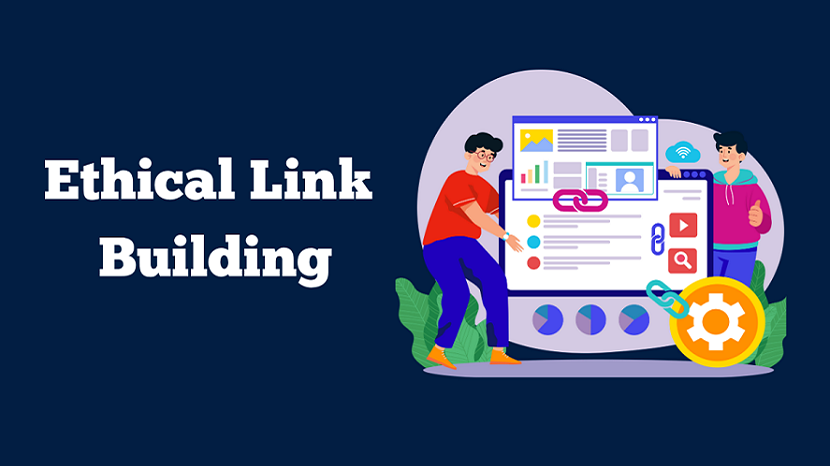
The Shift Toward Quality: Why Ethical Link Building Wins
Discover why ethical link building outperforms shortcuts—boost SEO with quality, trust, and sustainable growth in digital marketing.

SEO and Duplicate Content
Struggling with the problem of duplicate content? Plagiarism can damage your ranking position. Read on to find out why duplicate content occurs and how you can fix it without...

Data-Driven SEO strategy
How data-driven SEO strategies are revolutionizing digital marketing by boosting traffic, rankings, and user engagement in 2025 and beyond.
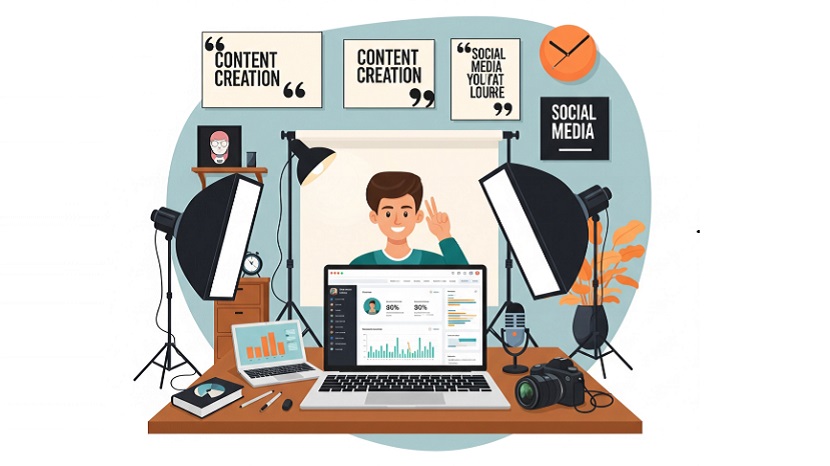
Skyrocket Your Social Media Presence
How to increase views can enhance your social media presence, boost engagement, and grow your audience. Learn effective strategies to maximize visibility.
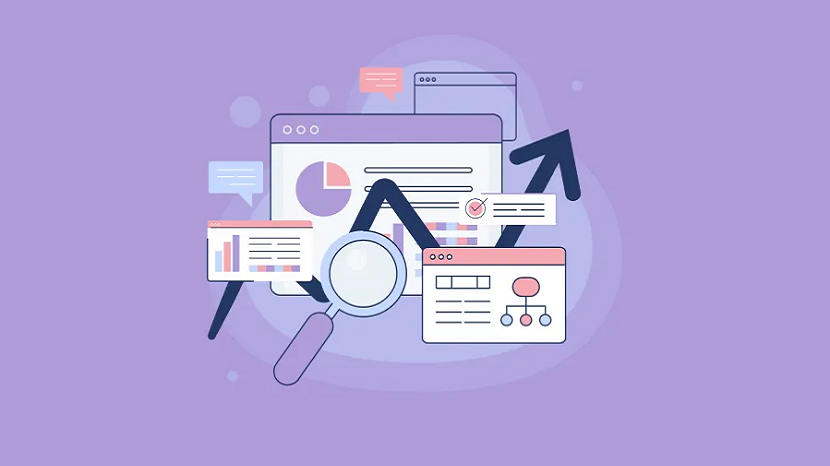
Real-Time SEO Reporting
Advantages of real-time SEO reporting for your business. Learn how live insights, data tracking, and performance analysis can boost visibility, rankings, and ROI.

The Role of AI in Real Estate Digital Marketing
How Artificial Intelligence is transforming real estate digital marketing with smarter campaigns, predictive analytics, and higher-quality leads. Learn how AI-driven tools can boost conversions and revolutionize your property marketing strategy.
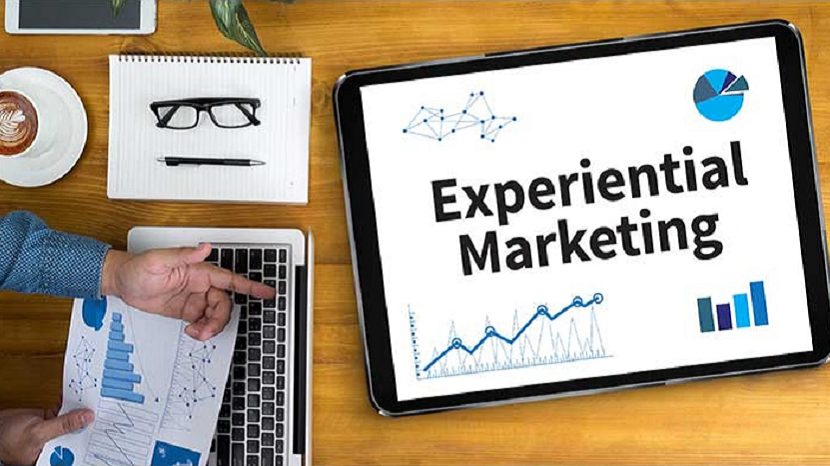
How Experiential Marketing Can Work Alongside Your Online Campaigns
How experiential marketing can work alongside your online campaigns to create deeper brand connections, enhance engagement, and drive measurable results both offline and online.
